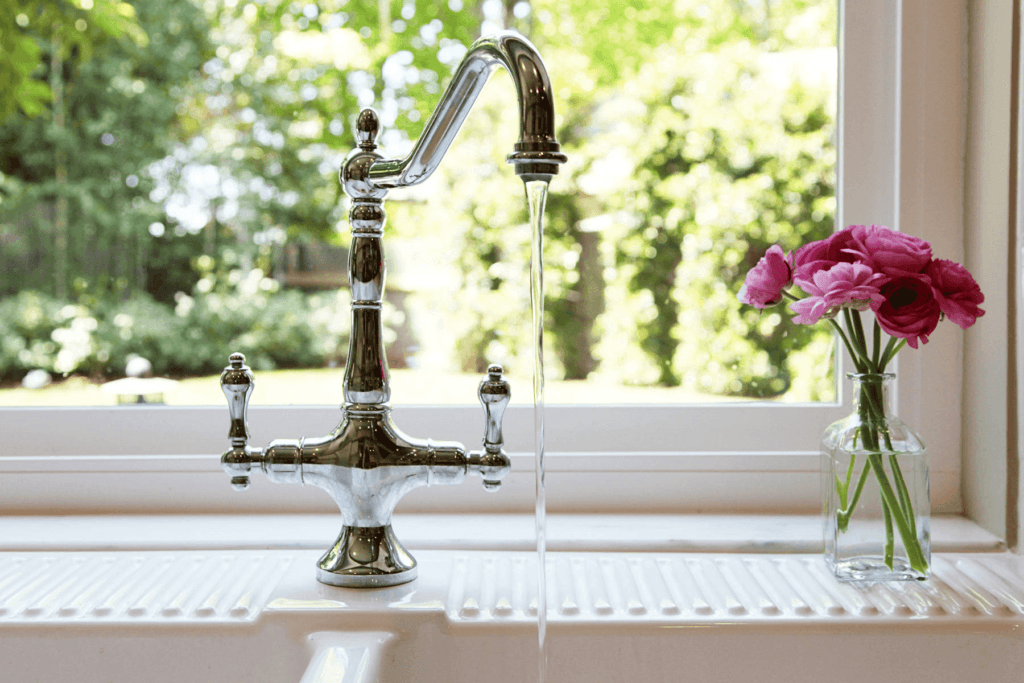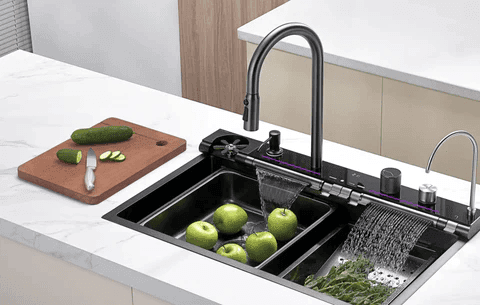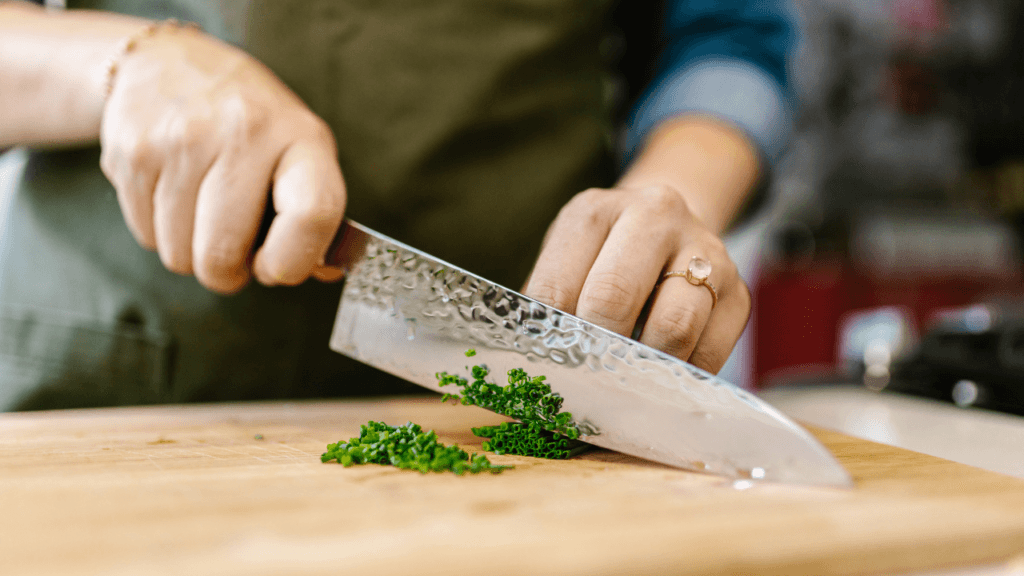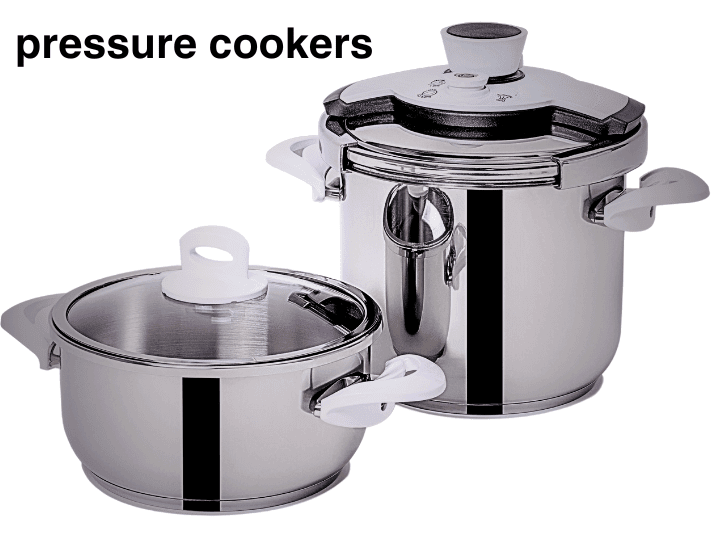So, you’ve decided to replace or install a new kitchen faucet? Good choice! A fresh faucet can make a world of difference in your kitchen, both in looks and functionality.
But if the idea of installation feels a little intimidating, don’t worry—I’ve got your back. With the right tools, a little patience, and this step-by-step guide, you’ll have that shiny new faucet up and running in no time.

Let’s walk through everything you need to know, from gathering your tools to tightening the final nut, all explained in plain, simple language.
Contents
Tools and Materials You’ll Need
Before you get started, make sure you have all the tools and supplies ready to go. Here’s what you’ll need:
Tools:
- Adjustable wrench
- Basin wrench (perfect for tight spaces)
- Phillips and flathead screwdrivers
- Towels or rags (for spills)
- A bucket or bowl (to catch water)
Materials:
- New kitchen faucet (check if it matches the number of holes in your sink)
- Plumber’s tape (to prevent leaks)
- Supply lines (if your old ones are worn or incompatible)
- Silicone or plumber’s putty (for a watertight seal)
Before buying your new faucet, take a quick look under your sink. Some sinks have one, two, or even three holes for faucet installation. Matching the faucet to your sink will make things much easier!
Step-by-Step Guide to Installing Your New Kitchen Faucet
Turn Off the Water Supply
First things first-turn off the water!
- Find the shut-off valves under your sink and twist them clockwise to turn them off.
- If you can’t locate individual valves, you might need to shut off the water to your entire house.
Keep a bucket handy to catch any water that might be left in the pipes.
Remove the Old Faucet
Say goodbye to the old faucet. Here’s how:
- Use a basin wrench to loosen the nuts holding the faucet in place.
- Disconnect the water supply lines from the old faucet.
- Lift the old faucet out of the sink and set it aside.
Some water might still be sitting in the pipes, so have a towel ready for any drips.
Clean the Sink Area
Now’s a great time to clean! Wipe away any grime, old putty, or gunk left behind around the faucet holes. A clean surface will help your new faucet sit snug and secure.
Install the New Faucet
This is where the magic happens!
- Follow the manufacturer’s instructions to assemble any parts.
- Insert the faucet through the sink’s mounting holes.
- From under the sink, tighten the nuts with a basin wrench to secure the faucet in place.
Don’t overtighten the nuts-just enough to hold the faucet firmly.
Connect the Water Supply Lines
Next, connect the hot and cold water supply lines to your new faucet.
- Wrap plumber’s tape around the threads of each connection to prevent leaks.
- Use your adjustable wrench to tighten the connections, but be careful not to overtighten.
Test for Leaks
Turn the water back on slowly and test the faucet.
- Check underneath the sink for any leaks at the connections.
- If you see any drips, turn off the water and tighten the connections a bit more.
Make Final Adjustments
Now that everything’s working, give the faucet a quick check:
- Make sure it’s aligned properly and doesn’t wiggle.
- Apply a thin layer of silicone or plumber’s putty around the base if needed to prevent water from seeping under the faucet.
Troubleshooting Common Issues
Here are a few hiccups you might encounter and how to fix them:
- Leaky Connections: Try adding more plumber’s tape or tightening the nuts slightly.
- Low Water Pressure: Check that the supply lines aren’t kinked or blocked.
- Faucet Feels Loose: Tighten the mounting nuts a bit more until the faucet sits securely.
Tips for Maintaining Your New Faucet

A little maintenance goes a long way!
- Clean your faucet regularly to prevent water spots and buildup.
- Check the supply lines for leaks every few months.
- If you live in an area with hard water, install a faucet aerator or water softener to prevent clogging.
Enjoy Your New Kitchen Faucet!
And that’s it-you’ve just installed your new kitchen faucet like a pro! Not only did you save yourself the hassle of calling a plumber, but you also gained some valuable DIY experience. Plus, that shiny faucet will make your kitchen feel like new.
If you run into any problems or have tips of your own to share, feel free to leave a comment below. Now, take a step back, admire your work, and enjoy that smooth water flow!



